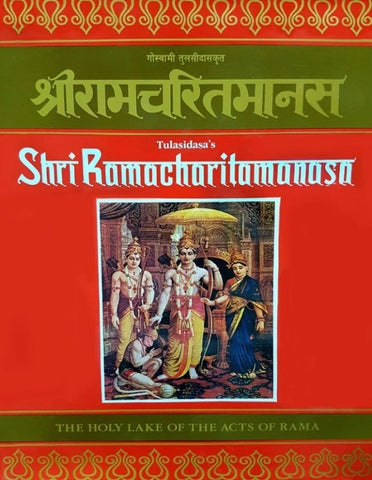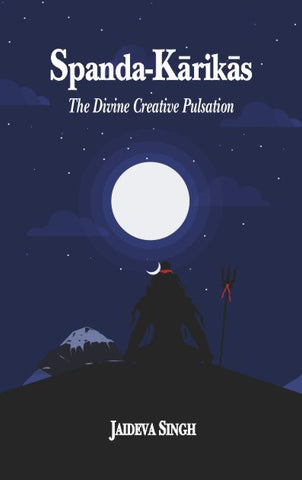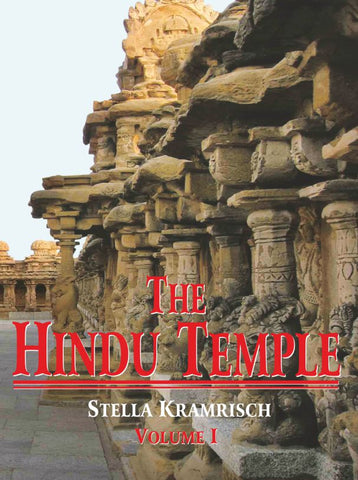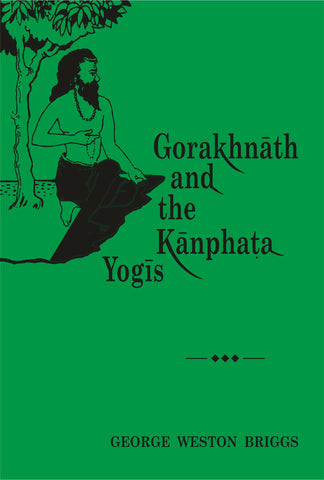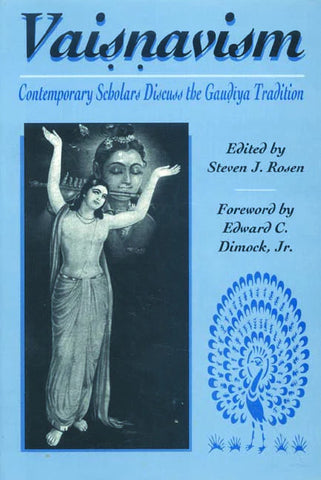Your cart is empty now.
The Puranas are eighteen in numbers. Sage Veda Vyasa composed them. There are references to Epics and Puranas in the Vedic texts and also in the Sutra texts of Aapasthamba, Gauthama, and others. Many of the previous prairies are extinct now and only those available which are composed of Veda Vyasa.
In Garuda Puranam Lord Vishnu himself narrated this to his vehicle Garuda. Methods of worship, feasts, and ceremonies are described. It also describes the soul after death, funeral rites, Medicine, etc.
A few preliminary remarks on the history, scope and contents of the Garuda Puranam may be necessary. The Garuda Puranam may be safely described as a sister work to the Agni Puranam. Each of them treats Pant VidyA and Aparl Vidy secular knowledge and metaphysical truths, and partakes more of the nature of a catechism of the then prevailing Brahmanism, or what a BrAlimana was required to know at the time, than of the Puranm proper, at least if we may be admitted to look upon the or the Mahabharatam as the model of that class of literature. Superficially conforming to the Rules of Pancha Sandhis,- etc., the Garuda Furanam, like its sister work, reflects but the knowledge of the firihmailical world at the time, and had its uses then as it has even now.
Without doing violence to the antiquarian instinct, we must say that it is quite futile to attempt to lay down the precise date. the composition the Garuda Puranatn. Its name occurs in the Ilal. iyudha's Brahmans Sarvasvam. Chakrpani 1) Etta has quoted many a recipe from it, and the Viskni, Dharmoti ra according to several eminent authorities, originally formed a portion of the Garuda Puranam. All these factors emphatically demonstrate the fact that the Garuda Puranam was in existence even before the tenth century of the (Christian Era. On the contrary. we have reasons to believe that, hosts of Puranas and Upapuratias were unopposed in the age of Brahmanic renascence, which immediately followed the overthrow of Buddhism in India The Garuda Puranm, like the Agni, Shiva, Padtra, and the like Purana; were the exponents of the victorious Brahmanistn, which. being inevitably divided into schisms, tried to invest the tutelary dui!; each sect with the attributes of supreme divinity or Brahma, and to equip. il Members with a complete code of rituals, law, and other necessary information regarding the incidents of every life, subservient to, and in conformity with, the Vedas and the Vedic literature, Thus each schism or faction,' or mote correctly. each Puranam, the scripture of each sect of special, tutelary divinities, became a new school of law, medicine Metaphysics, etc.,, re-instating the old errors of the Vedic literature,' as if to ignore the many advanced truths and principles of the later day Buddhistic science, and to confirm the victory of Brahmanism even in, error and fallacy.
The description of the incidents of the life of Buddha, however meager and incidental it might be, and the occurrence of the name of Sushruta in the medical portion of the Garuda Puranam leaves not the slightest doubt that its author was intimately acquainted with the Buddhistic literature of the age, both medical and metaphysical. It is a settled fact of history that the Sushruta Samhita, at least the recension of the Sasbruta Samhita by the Buddhist Nagarjuna, was written in the second century before the birth of Christ. Now, the Sushruta Samhita says that the number of bones in the human body is three hundred. The Vishnu Smriti (Institutes of Vishnu) following the orthodox (Vedic) non-medical opinion on the subject gives it as three hundred and sixty-six. We know that Nagarjuna, the Buddhist redactor of the Sushruta Samhita, mentioned in his recension of the work that there are " three hundred bones in the human organism, but the followers of the Vedas say that their number is three hundred and sixty " which tallies with the number given in the Yajnavalkya Samhita. The Garuda Puratiani gives the number as the three hundred and sixty-two (4sthniim Dvyadkikatu Proktarn Saskthyadhikif S'atatrayam) -a sort of 'compromise between the Vedic and the Buddhistic osteology, or between the dictates of conscience; imperatively urging the man to state the whole truth, and the pride of conquest impelling him to set up a schism against truth. The author of the Garuda Puranam, whoever he might be, must have been sufficiently familiar with the works of Nagarjuna and other Buddhistic Medical Acharyas to be fully convinced of the truth of their statement and attempted to make the Vedic number of skeletal bones as near to the truth as possible. This fact serves to throw a new light upon the date of the composition of the Garuda Puranam.
It unmistakably points to a period of history when the victorious Brahmanism- once t! more attempted to restore the teachings of the Vedas in their pristine glory, and the truths of the Buddhistic science or metaphysics were still too potent a factor to be ignored or lightly dismissed--a fact that supports our contention and lends a plausible color to the view we have adopted as regards the probable date of the composition of the Garuda-. The second question, that confronts us, is the purity of the text, i.e., whether the Garuda Puranam, as we now possess it, is what it was originally written by its author; or whether its bulk has been considerably increased by subsequent additions. In the first Chapter, we learn that the Puranam consists of light thousand and eight hundred verses, and the subjects dealt with therein are the creation of the universe. Pujas, Holy poms, and shrines, Cosmogony and Geography, Ages of Manus, Duties of different social orders, Gift-making, Duties of kings, etc., Laws: Vratas, Royal dynasties, Therapeutics with etiology, Vedangas, P, Alaya, Laws of Virtue, desire, and money, and Knowledge (of Brahma and external things). These then were the main themes that were originally dealt with in the Garuda Puranam, and we may say that this was so in the light of the principle of .4dhydya Stimprarihhiga (classic; fiction of chapters: which forms one of the cardinal rules in forming the plan of a Sanskrit word. We regret to $a) that, many things, having no legitimate connection with the main themes of this Puranam, nor having a direct bearing thereon, have been added to it, and a large mass of original matter has been expunged from it to bring it within the compass of the eight thousands and eight hundred slokas, as laid down in the introductory chapter.
Contents and Sample Pages

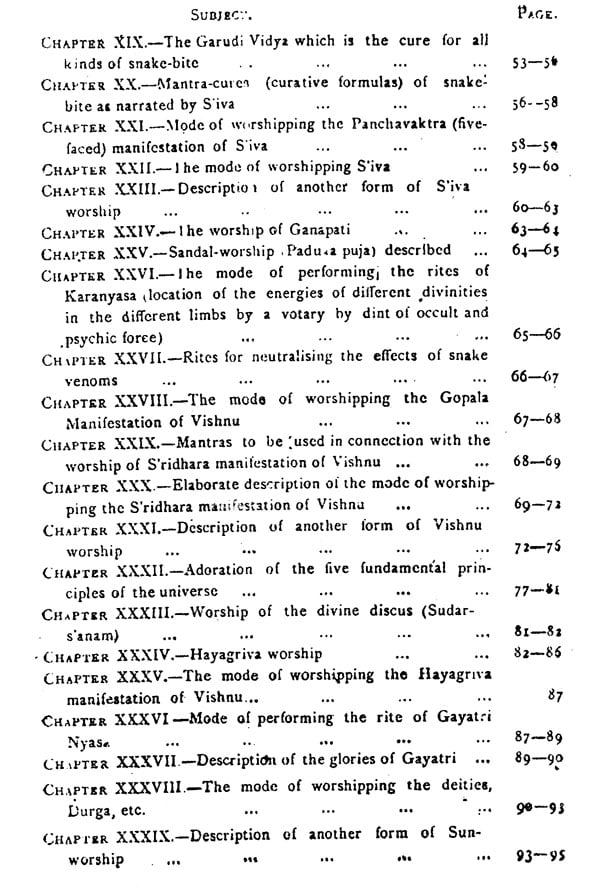
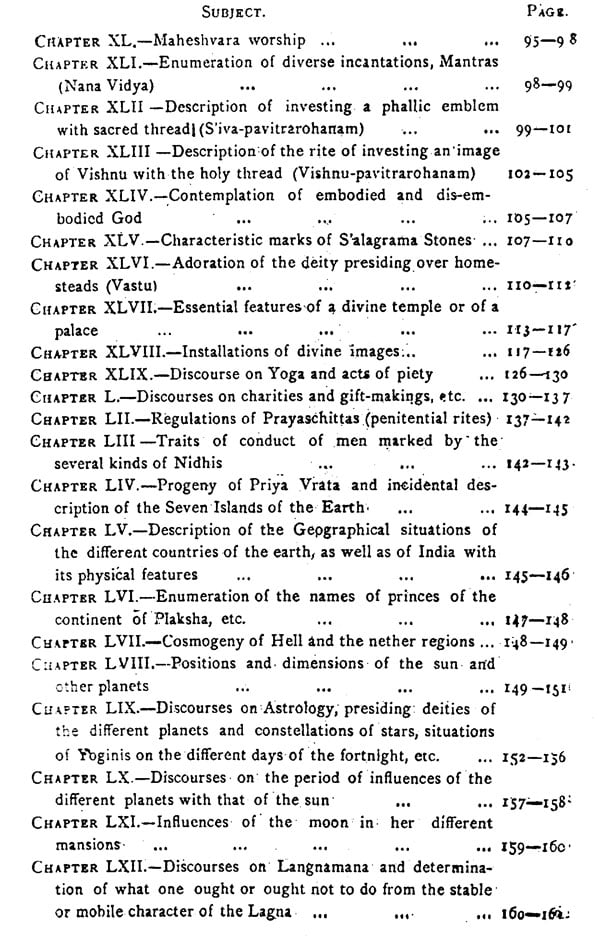

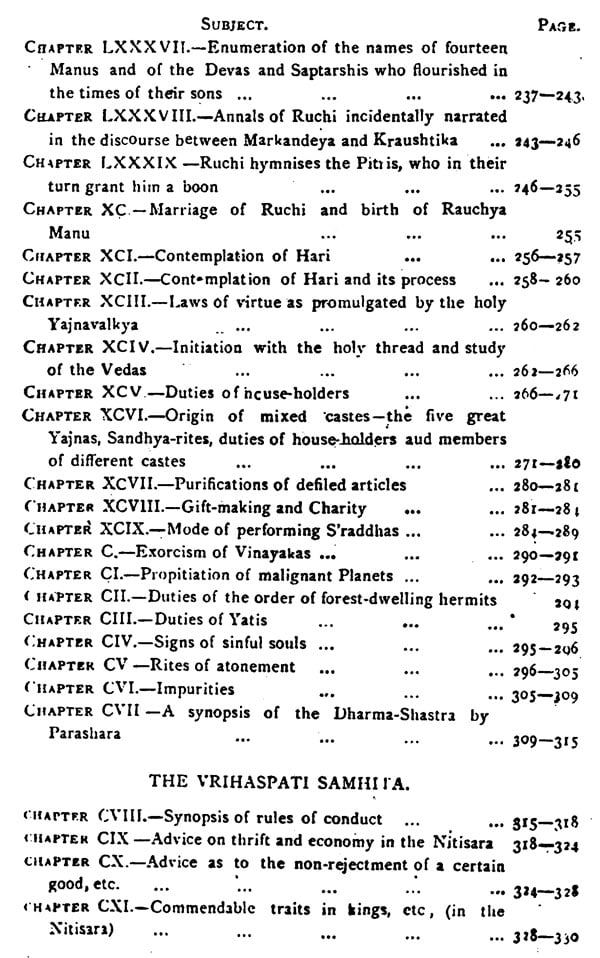

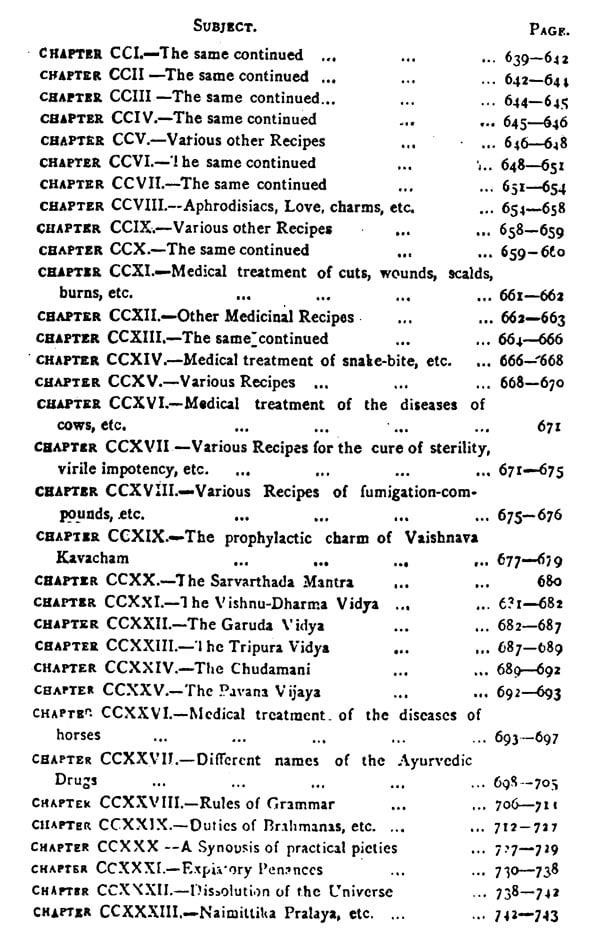
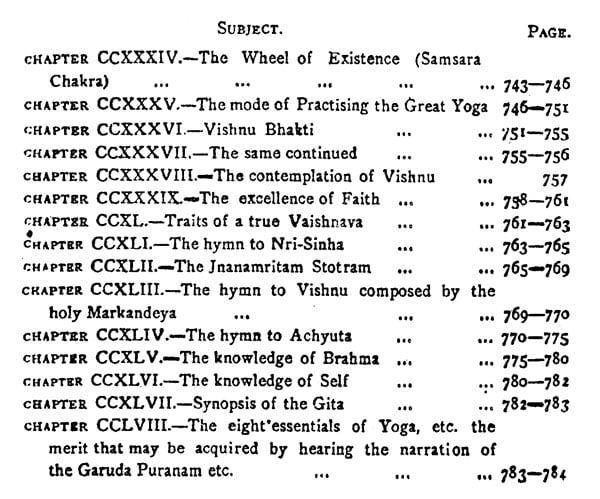
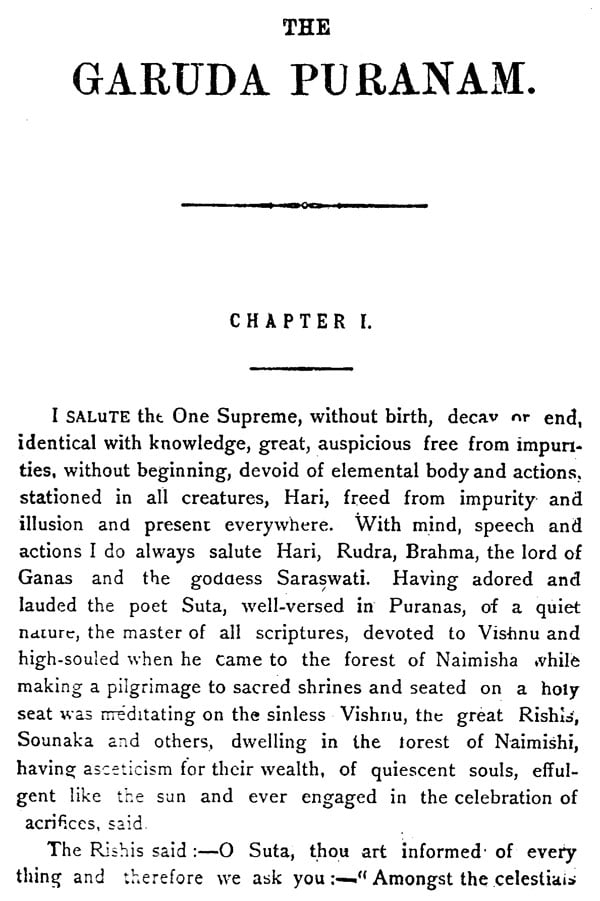

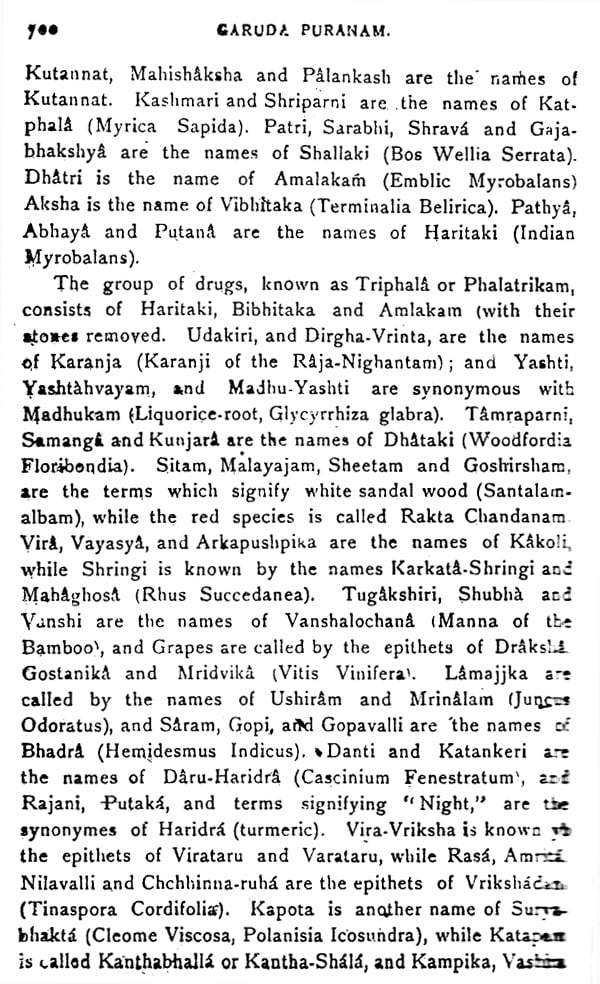
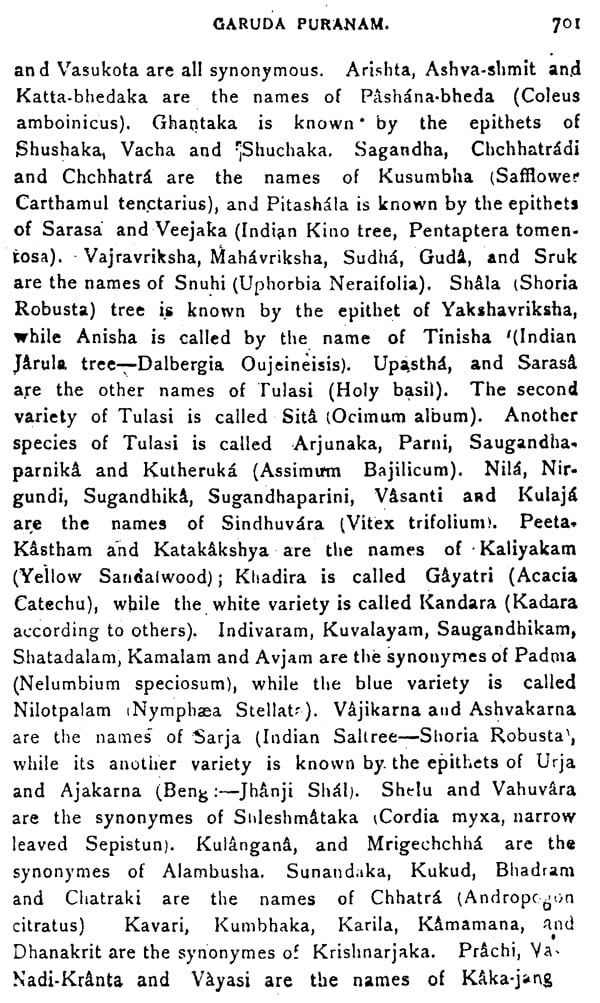
Delivery and Shipping Policy
- INTERNATIONAL SHIPPING
- Rs.1000-1100/kg
- ESTD. Delivery Time: 2-3 weeks (depending on location)
- Bubble Wrapped with Extra Padding
- NATIONAL SHIPPING
- NCR: Rs. 30/half kg
- Standard: Rs. 80/half kg
- Express shipments also available on Request
- ESTD. Delivery Time: Ranging from 1-4 days up to 7 business days (Depending on your choice of Delivery)
- TRACKING
- All orders; national or international, will be provided with a Tracking ID to check the status of their respective orders
- Depending on the Shipping Service, Tracking ID may be used on their respective tracking portals
Frequently Asked Questions (FAQs)
Domestic Shipping: 3-4 Days (after shipping)
International Shipping: 1-2 weeks (based on your location)
You will receive an email once your order has been shipped or you can email us if you didn't receive tracking details (info@mlbd.co.in)
Every book that we sell is the latest edition except all the rare books
Yes, we do provide free shipping, only on domestic orders (within India) above Rs.1500


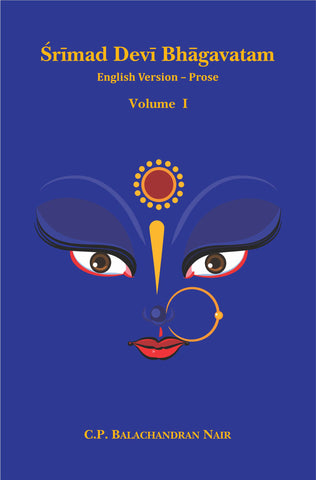
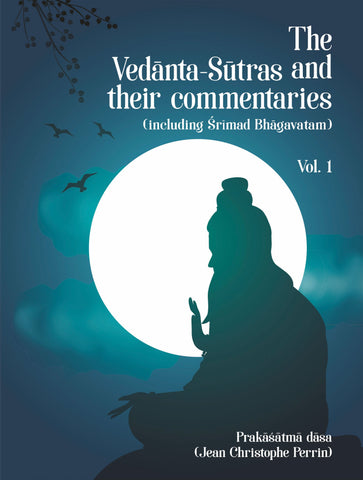
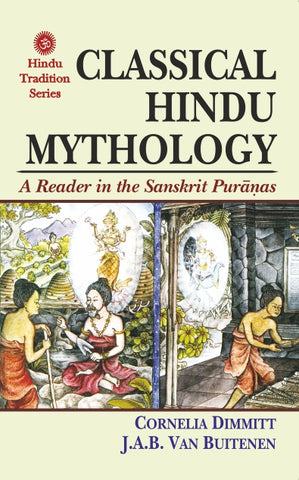
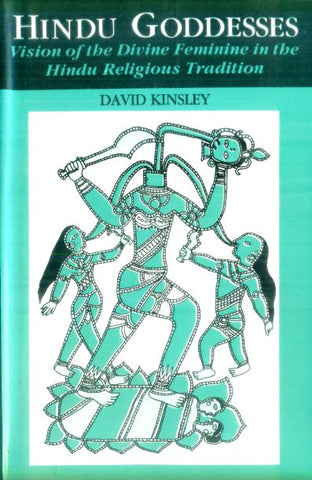
![Advaita Vedanta mein Gyan evam Bhakri : Darshnik Vimarsha [Knowledge and Devotion in Advaita Vedanta : Philosophical Discourse] by Dr. Satyakam Mishra and Dr Karan Sigh](http://www.motilalbanarsidass.com/cdn/shop/products/ADVAITAVEDANTAMEGYAN_large.jpg?v=1675408211)
